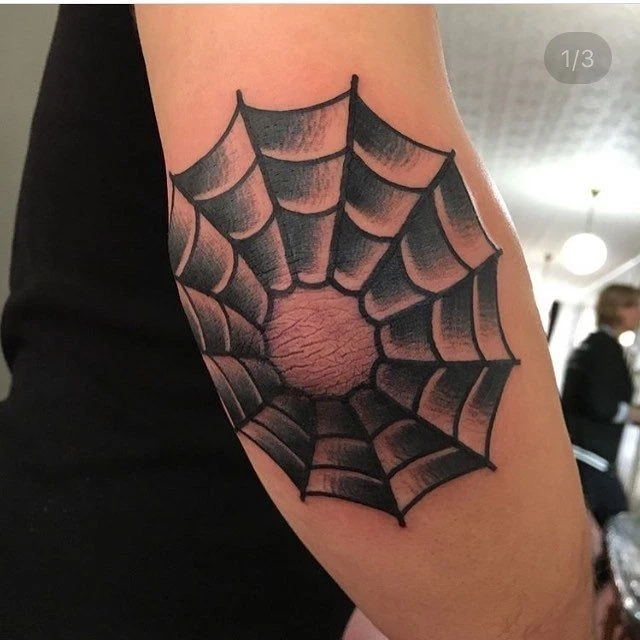Exploring Spider Elbow: Causes, Symptoms, and Treatment Options
Spider elbow, or lateral epicondylitis, is a common condition that can cause significant pain and discomfort. While it can be frustrating, the good news is that most cases can be successfully treated with conservative measures like rest, physical therapy, and proper ergonomics.



